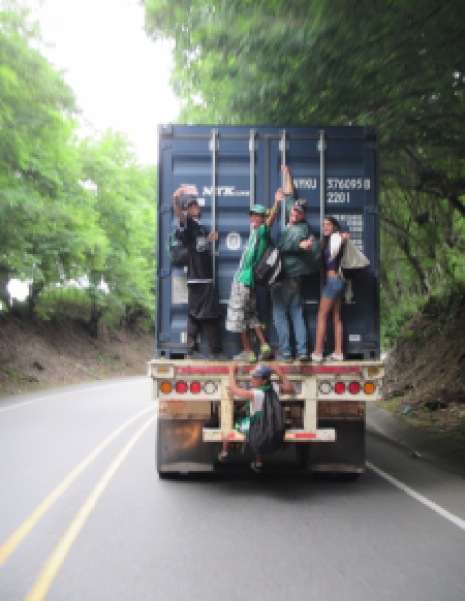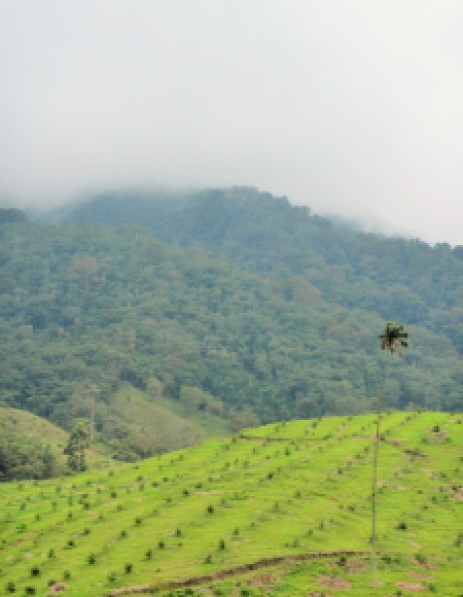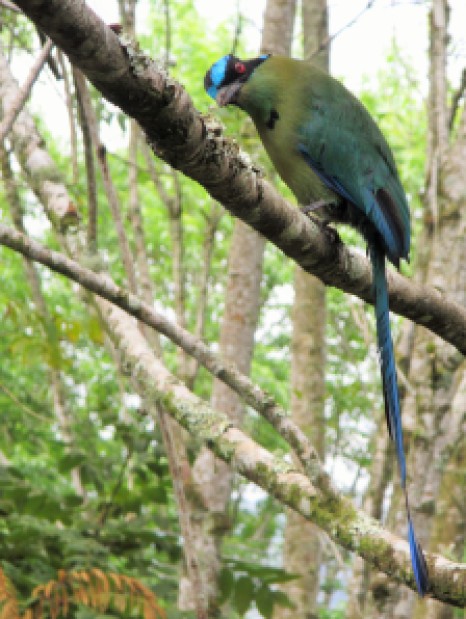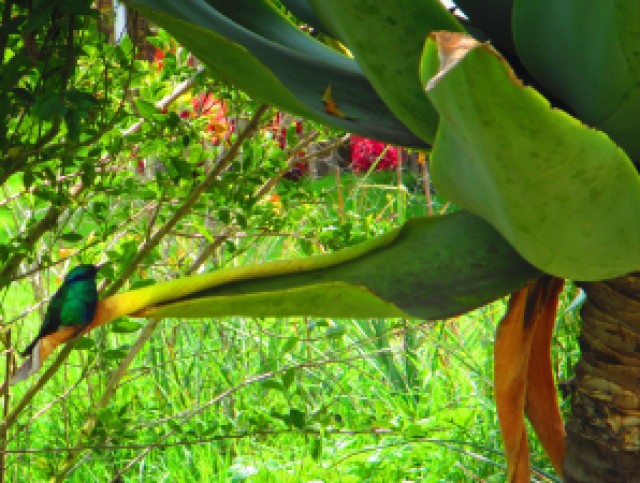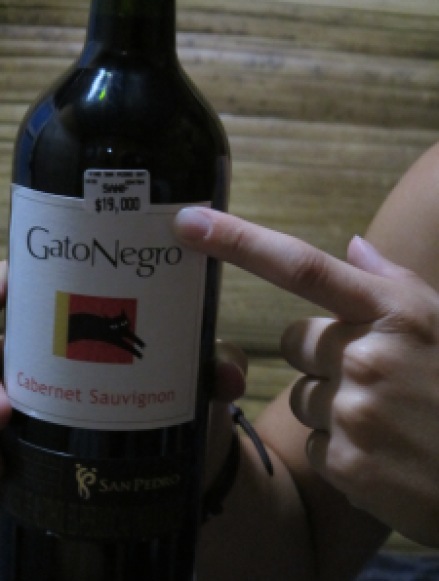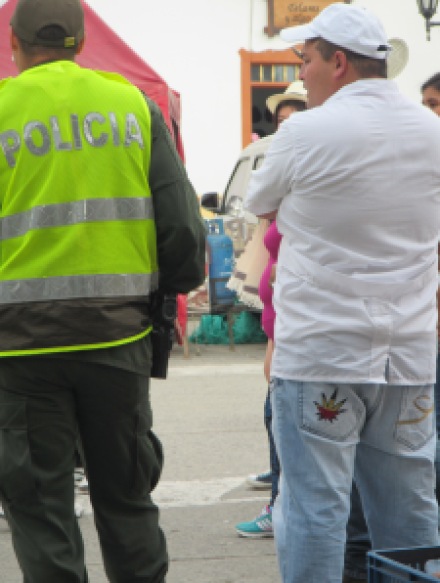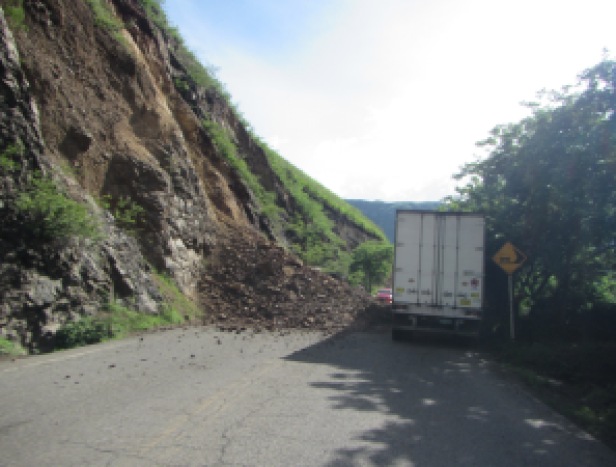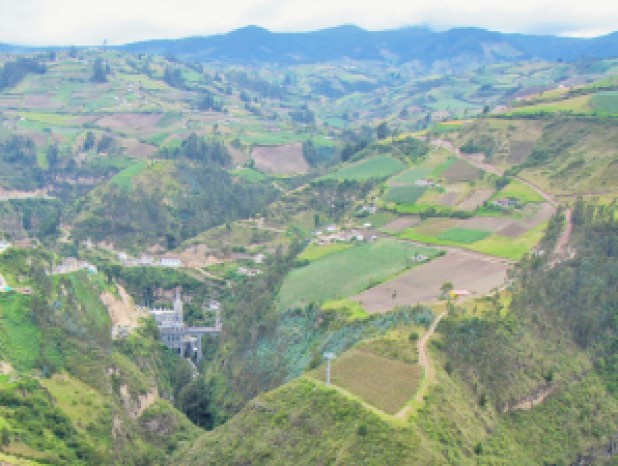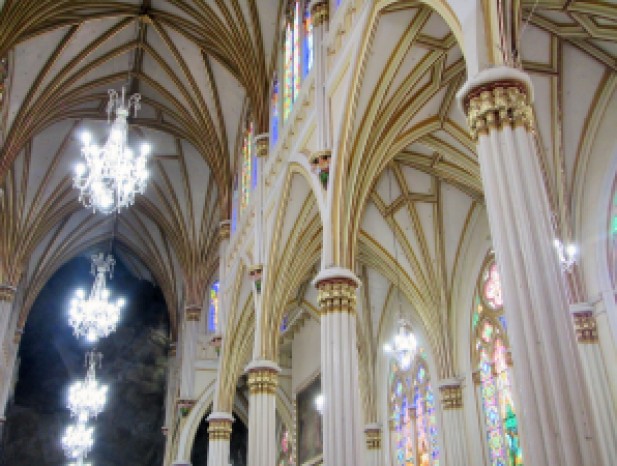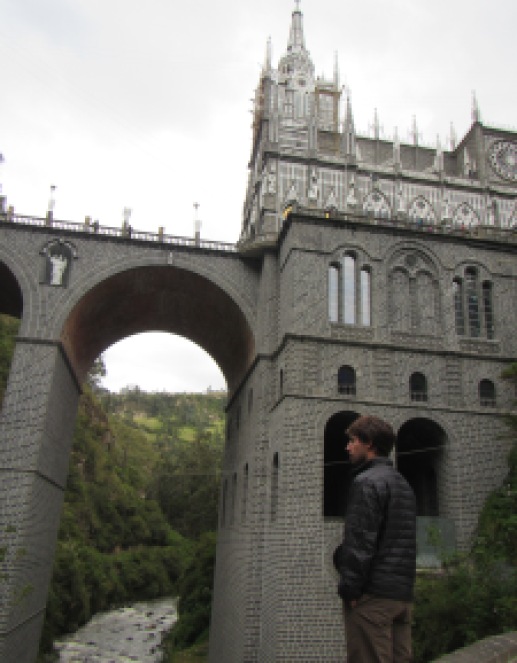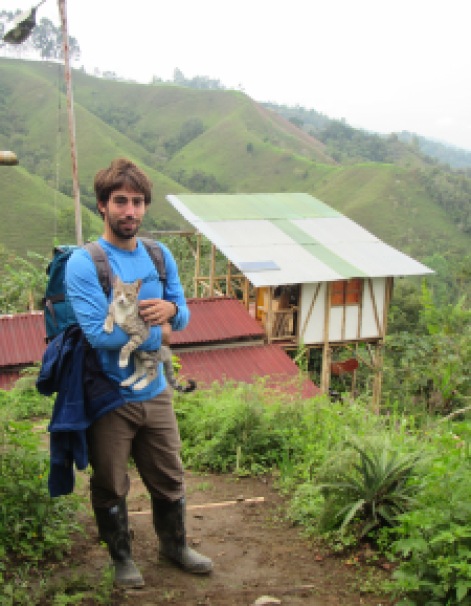
While in Salento, we stayed at La Finca don Edwardo coffee plantation, a 15 minute walk out of town with a perfect view of the surrounding mountains and other numerous coffee plantations
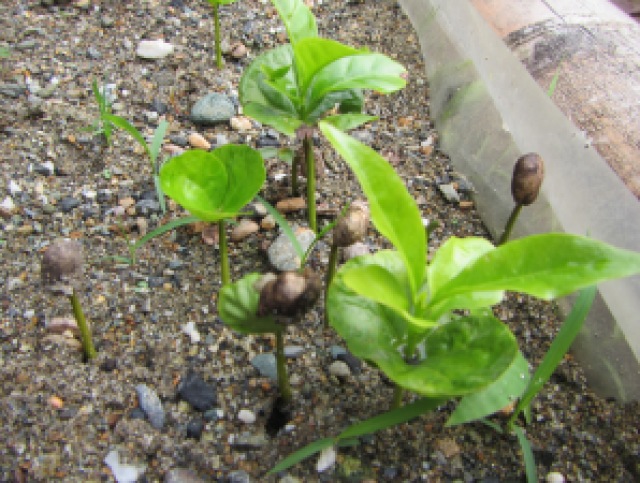
The beginning of a coffee plant. Coffee is unique and only grows at very high elevations — the greater the elevation, the better grade of coffee. Because of this, coffee plantations are usually located on the sides of mountains, which is inaccessible for machinery. Therefore, all coffee beans are hand-picked, with the exception of the world’s leading coffee producer, Brazil, which uses machinery and goes for quantity over quality.
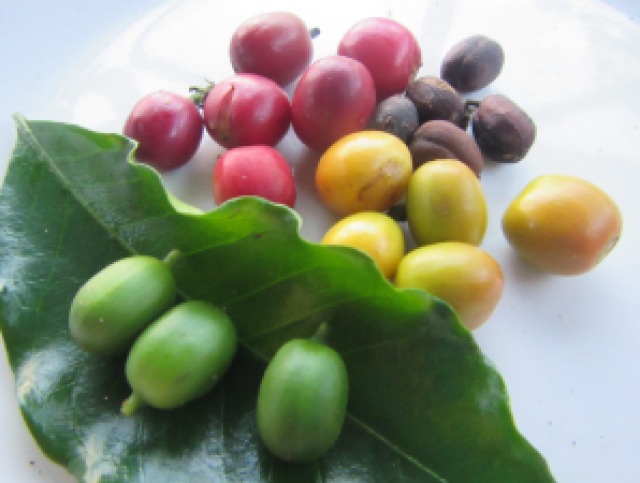
The red and yellow pods are two different types of coffee. The green pods aren’t quite ripe and if mixed into a batch of ripened coffee beans, produce a lower grade of coffee. This lower grade of coffee is usually made into a dark roast (the beans are roasted longer) to disguise the inferior flavor. Finally, the black, shriveled pods weren’t picked soon enough and must also be separated by hand.
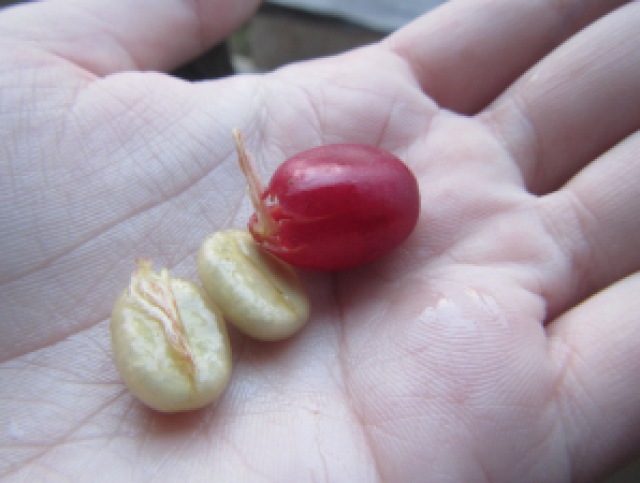
Each pod contains two seeds that are supposed to grow equally. When the seeds are squeezed out of the pod, they contain a slimy and sugary layer that must be removed
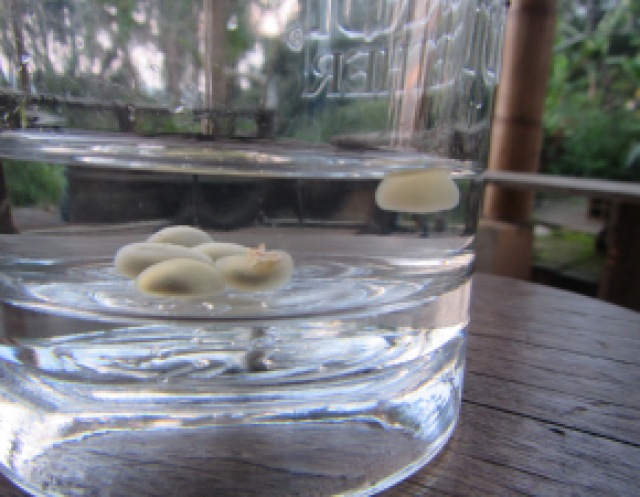
The sugar layer on each of the beans is removed by soaking them in water for a couple days. An inferior bean can be easily determined at this stage because it floats, while all of the good coffee beans sink to the bottom of the container
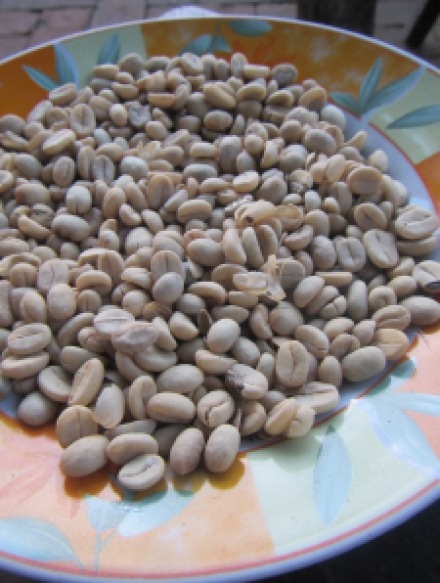
After the sugar layer is removed from the beans, they are laid out to dry for a couple weeks. The dried beans are referred to as “green beans” and are at the stage where they can either be planted or traded in bulk. The green beans still have a papery skin over them which must be removed before the beans can be roasted
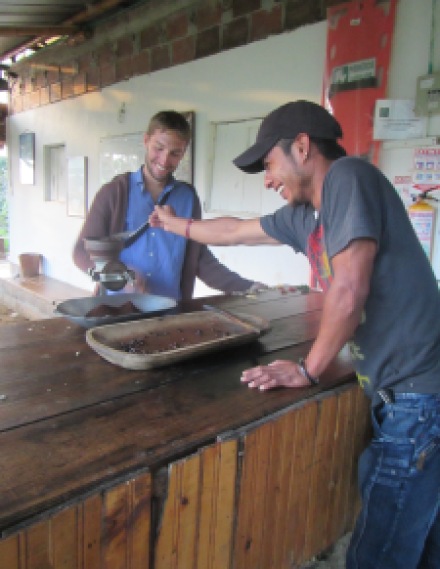
Once the beans are roasted, which, in small quantities and with a lot of practice, can be done in something as simple as a frying pan, it is time to grind the coffee and enjoy a cup o’ joe! There is so much that goes into the coffee process, and it is sad to learn that the farmers only make about $0.09 of every $1.00 value of coffee sold in the States.
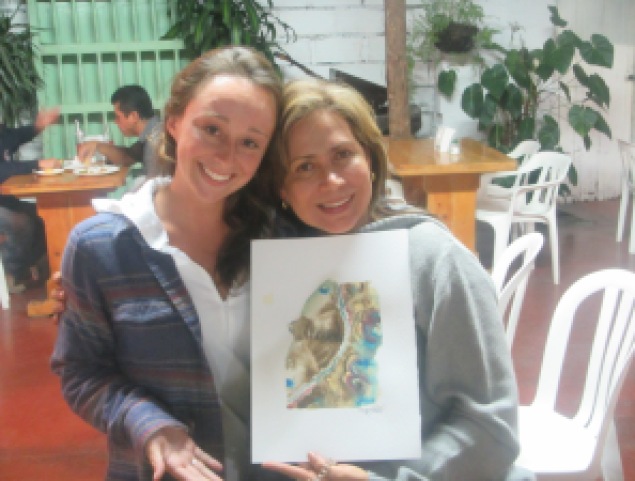
While the car was being worked on in the shop, Maggy took advantage of waiting and painted a picture for Patricia, the wife of our friend and mechanic, Santiago.
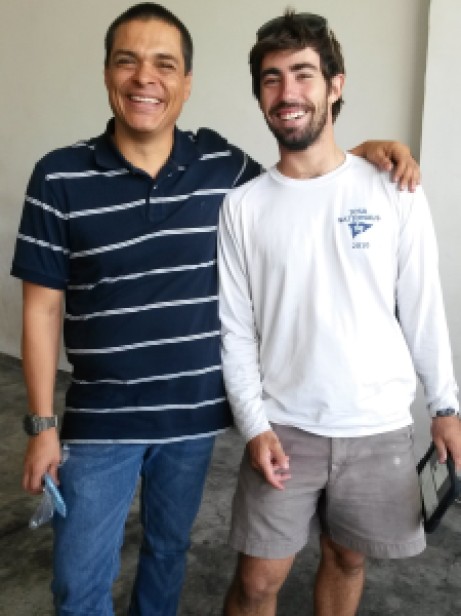
Santiago helped us more than we could have ever hoped for. Despite the car not being worthy to finish the trip, he restored it to life so that it runs and drives safely (unfortunately, just not up the Andes). Furthermore, he volunteered to take care of the land cruiser for the next couple months, enabling us to continue south. And to top it off, Santiago and Patricia enthusiastically chauffeured us around Medellin, helping us buy the motorcycle, all the equipment, and even with getting our licenses
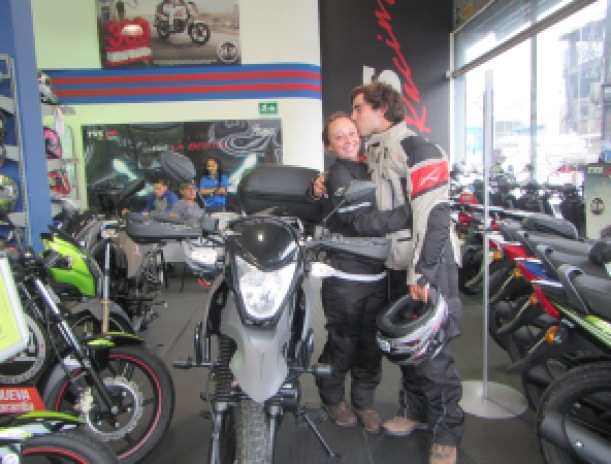
Finally, after a month of uncertainty, we bought a motorcycle and are determined to continue our trip south one way or another!
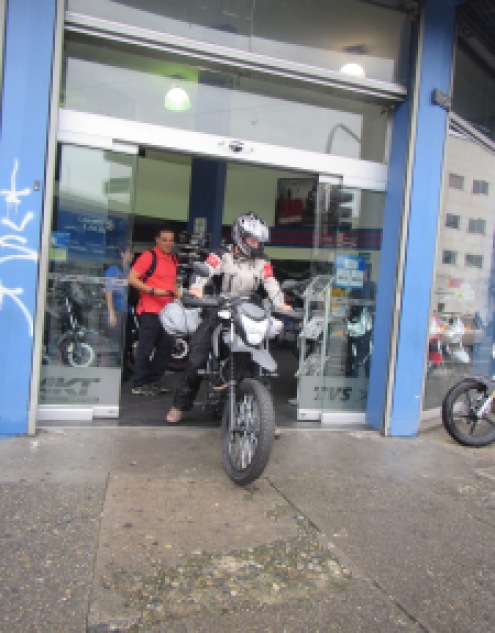
After waiting 2 days for all the paperwork to clear, the bike is finally ours
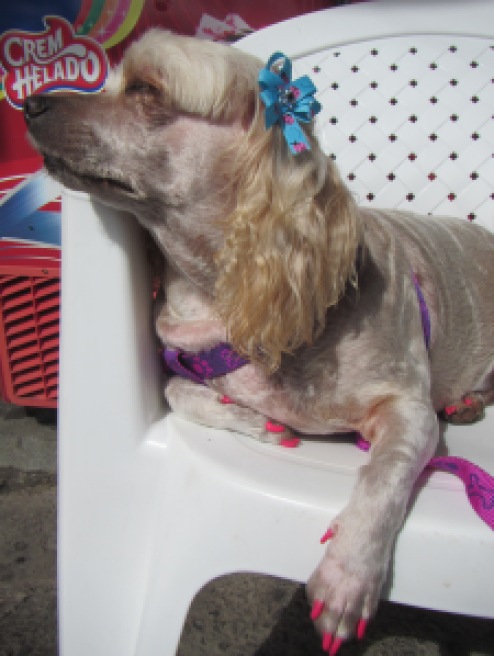
We stopped for lunch at a roadside restaurant, and this is what we found….Ian thought the dog was abused (possibly mentally)

This was a roadside stop that we immediately regretted. A swarm of bees invaded the café, and we were all forced to do the “killer bee drill,” which is very similar to a tornado or hurricane drill. Everyone laid flat of their stomachs, while thousands of bees swarmed around us. I never considered the possibility of being stung to death until then. The locals were all really scared, which increased our temporary anxiety. Luckily, nobody was stung and the bees decided to make their nest on the nearby truck rather than our bike, which was parked only about 5 feet from them.

